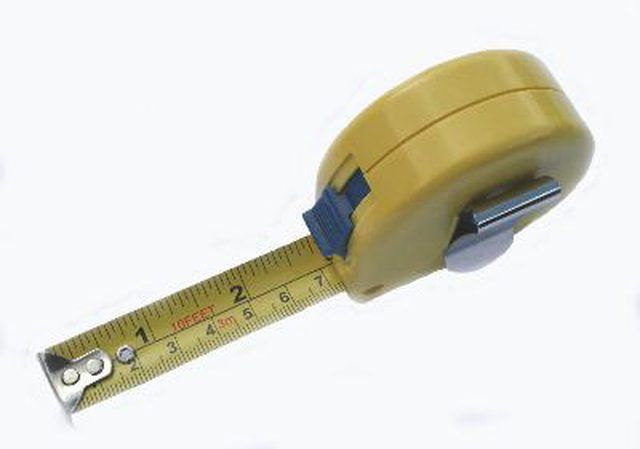Bulbs
Flower Basics
Flower Beds & Specialty Gardens
Flower Garden
Garden Furniture
Garden Gnomes
Garden Seeds
Garden Sheds
Garden Statues
Garden Tools & Supplies
Gardening Basics
Green & Organic
Groundcovers & Vines
Growing Annuals
Growing Basil
Growing Beans
Growing Berries
Growing Blueberries
Growing Cactus
Growing Corn
Growing Cotton
Growing Edibles
Growing Flowers
Growing Garlic
Growing Grapes
Growing Grass
Growing Herbs
Growing Jasmine
Growing Mint
Growing Mushrooms
Orchids
Growing Peanuts
Growing Perennials
Growing Plants
Growing Rosemary
Growing Roses
Growing Strawberries
Growing Sunflowers
Growing Thyme
Growing Tomatoes
Growing Tulips
Growing Vegetables
Herb Basics
Herb Garden
Indoor Growing
Landscaping Basics
Landscaping Patios
Landscaping Plants
Landscaping Shrubs
Landscaping Trees
Landscaping Walks & Pathways
Lawn Basics
Lawn Maintenance
Lawn Mowers
Lawn Ornaments
Lawn Planting
Lawn Tools
Outdoor Growing
Overall Landscape Planning
Pests, Weeds & Problems
Plant Basics
Rock Garden
Rose Garden
Shrubs
Soil
Specialty Gardens
Trees
Vegetable Garden
Yard Maintenance
How to Install Synthetic Grass on Concrete
How to Install Synthetic Grass on Concrete. For many people in dry climates or in cities where water use is restricted, growing grass is difficult or impossible. For others, the lack of a green thumb or the time to devote to landscaping stands in the way of a lush lawn. For these people, installing synthetic grass on concrete might be a better...

For many people in dry climates or in cities where water use is restricted, growing grass is difficult or impossible. For others, the lack of a green thumb or the time to devote to landscaping stands in the way of a lush lawn. For these people, installing synthetic grass on concrete might be a better option.
Things You'll Need
Measuring tape
Broom
Scissors/knife
Outdoor tape/glue
Measure the amount of space you want to cover, to ensure that you're buying as much synthetic grass as you need. Buy slightly more artificial grass than your space requires; it's better to have too much than too little. Assume that you'll need at least 6 inches of extra grass along each edge, to have plenty of room for cutting a straight line.
Sweep the concrete surface before installation takes place. If you leave dirt, grass, leaves etc on the concrete and lay the artificial grass down on top of them, it will affect the way the grass lays on the ground.
Lay your synthetic grass on the concrete site. Use scissors or a knife to cut the edges of the grass, based on your concrete area. Always cut the artificial grass so that it's even with the edges of what you want to cover. Allow the artificial grass to sit for 2 to 3 hours, to settle out any bumps or wrinkles.
Prepare your outdoor tape or glue per manufacturer directions. Outdoor tape and glue are available at all yard and home supply stores. Turn over the edges of the artificial grass and secure the tape along the bottom edge, or paint a layer of glue there. Make sure your tape or glue runs all the way to the edge of the grass, to prevent lifting. Press the taped or glued underside back down to the concrete, and press down along the edge to iron out any bubble or wrinkles. If you've used glue, allow it to set for several hours to dry.
Tips & Warnings
The process for installing artificial turf can also be used for installing outdoor carpeting.
Use artificial turf for large-scale outdoor landscaping projects.
Artificial turf that has been permanently installed in this way is difficult to remove.